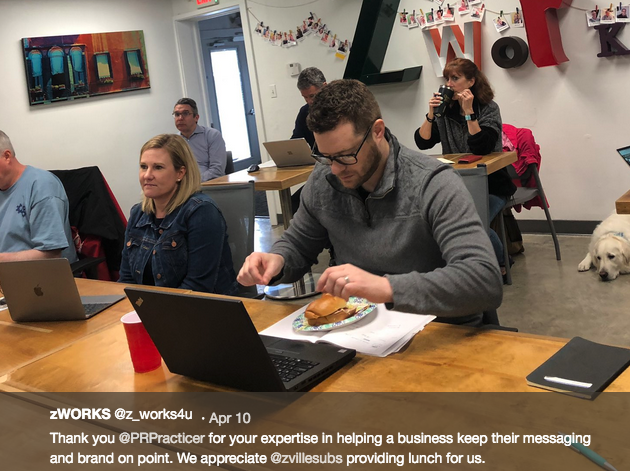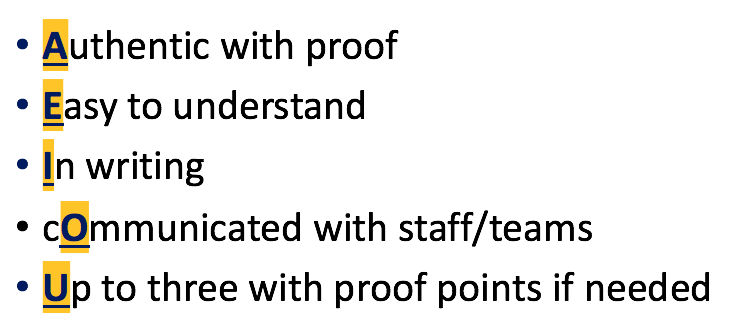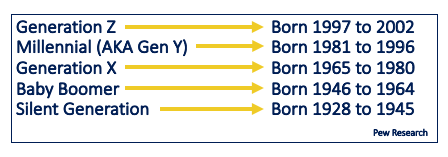 Public relations has several areas of practice. While the P in PR does not stand for press (it stands for public or audiences an organization needs to reach) reporters are often one group a client needs to reach to earn stories in the paper or on television news.
Public relations has several areas of practice. While the P in PR does not stand for press (it stands for public or audiences an organization needs to reach) reporters are often one group a client needs to reach to earn stories in the paper or on television news.
At the start of my professional career, I worked as a reporter. That experience has stayed with me for decades as my public relations career progressed. I’ve been inside a newsroom and part of the daily news cycle. I’ve heard from public relations professionals who were trying to place and share their stories on air. We call it being “pitched.”
If you’ve worked with a public relations professional, you’ve probably heard the term “pitch a reporter.” Easily defined, a pitch is about selling what’s newsworthy to get a reporter to write a story or create a package for the evening news. And yes, in the prior sentence I used the word selling strategically because placing a story is much like making a sale. Here’s why the two concepts are similar:
1) Build a credible relationship. Sales people know: cold calling is tough. The person on the other end of the email, call or text doesn’t know who you are or what you can offer. Once you meet with a company rep and build a relationship, earning and maintaining credibility is everything. Working with a reporter is similar. They’re all on deadline, have a certain need to fill and are moving quickly to build out the newscast. The daily news cycle is like a supply chain that must come together to deliver a final product. The key to building a credible relationship is getting a reporter what’s needed as soon as possible and keeping the process as easy as possible for them. And be sure the story you’re selling is really a news story.
2) Offer a quality product. Pitching a story means having a credible newsworthy angle. News stories aren’t about you, your product or service. A business professional once told me they weren’t happy with a local publication because the reporters wouldn’t write a story about him. I suggested he consider these questions: is your idea timely and trending to current information; is the idea you’re selling localized; is it a human interest story; is it relevant to appeal to the public?
3) Follow up. When a sales person is trying to get through the door to meet and greet a company representative, they follow up. Reporters expect the follow up. Many say they get too many emails. They see an idea and it moves down into the email box or it’s saved for later. A reminder: be sure to make the follow up professional.
4) Get the specs. When a customer places an order, there’s a process and most likely it includes questions on the specs before the order ships. If a reporter contacts you about the story pitch or another story, you get to ask questions to know the angle of the story and how you fit. For example, I’ve worked with reporters doing stories on national research and looking for a local comment. Knowing that information in advance and getting the research allows the client to think through their response before the interview.
5) Be ready when the order comes in. Given the current state of public health, many reporters have limited contact with the public. In “normal times” a reporter and/or photographer could show up at your door step to get what they needed for a story. Now they need photos, video and talking points supplied to them for the story. If you’re pitching the story, talking points and back up data should be at your fingertips and supplied to the reporter to use. And be ready. Today we had a successful story pitch. The reporter contacted us around 10 a.m. for a noon interview to build out a story for 5 p.m.
6) It’s ok to hear no. In sales, I’ve always been told to “beg for the no.” It keeps the pipeline filled with true prospects. The same applies to working with reporters. If they don’t want to do the story, that’s ok. There are others who do. Focus efforts on those professionals. I’ve heard stories from reporters about people who won’t accept the no. Refer back to number one above. When you have the credible relationship, it’s so much easier to make the pitch and close the sale not just today but for the next story idea that you have well into the future.

 a workshop on public relations messaging for professionals at our local co-working space. When considering how to make the session engaging, I spent time researching, reading and thinking about how others approach the topic. Here are my key takeaways from the preparation and the session worth considering if your company is struggling with the message behind your brand.
a workshop on public relations messaging for professionals at our local co-working space. When considering how to make the session engaging, I spent time researching, reading and thinking about how others approach the topic. Here are my key takeaways from the preparation and the session worth considering if your company is struggling with the message behind your brand.
 If I stayed at home to work, people wouldn’t take me seriously. Well that’s seriously too bad for those people (if that sounds harsh, sorry). When I started my business, I was one of few. The phrase ‘gig worker’ would be coined many years later. Those of us who run our own businesses take it seriously. We keep up on trends and techniques by reading, innovating and doing. We meet people in our communities through constant networking. We get involved in civic and community events. We know what’s happening. I feel much more in the know now than I ever did working at a company, which was an insular experience. I’m serious about my work and appreciate working with people who understand it doesn’t matter where you work but instead the work you produce to support their goals.
If I stayed at home to work, people wouldn’t take me seriously. Well that’s seriously too bad for those people (if that sounds harsh, sorry). When I started my business, I was one of few. The phrase ‘gig worker’ would be coined many years later. Those of us who run our own businesses take it seriously. We keep up on trends and techniques by reading, innovating and doing. We meet people in our communities through constant networking. We get involved in civic and community events. We know what’s happening. I feel much more in the know now than I ever did working at a company, which was an insular experience. I’m serious about my work and appreciate working with people who understand it doesn’t matter where you work but instead the work you produce to support their goals.